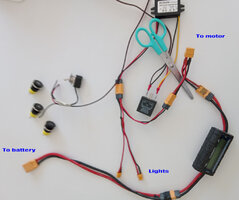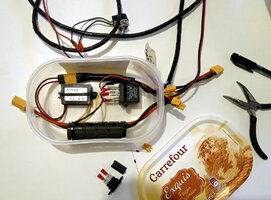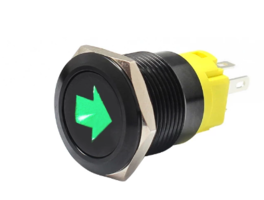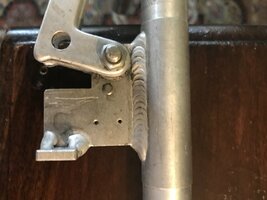- Beiträge
- 436
Hmm i heared that australia/new zealand was an island of british convicts. Dont worry the whole globe is turning into a prison soon enough, electronic gulagMe? A year!I was in solitary confinement so I spread it out and did a little each day to preserve my sanity. The first confinement was a 1 km radius from home... And also my budget was only 200€ a month.
I think the estimation of 4 weeks on the web site is realistic. One condition, buy the velomobiel.nl parts and the swing arm before you start, having them on hand will make construction faster because you will be able to test fit as you proceed.





